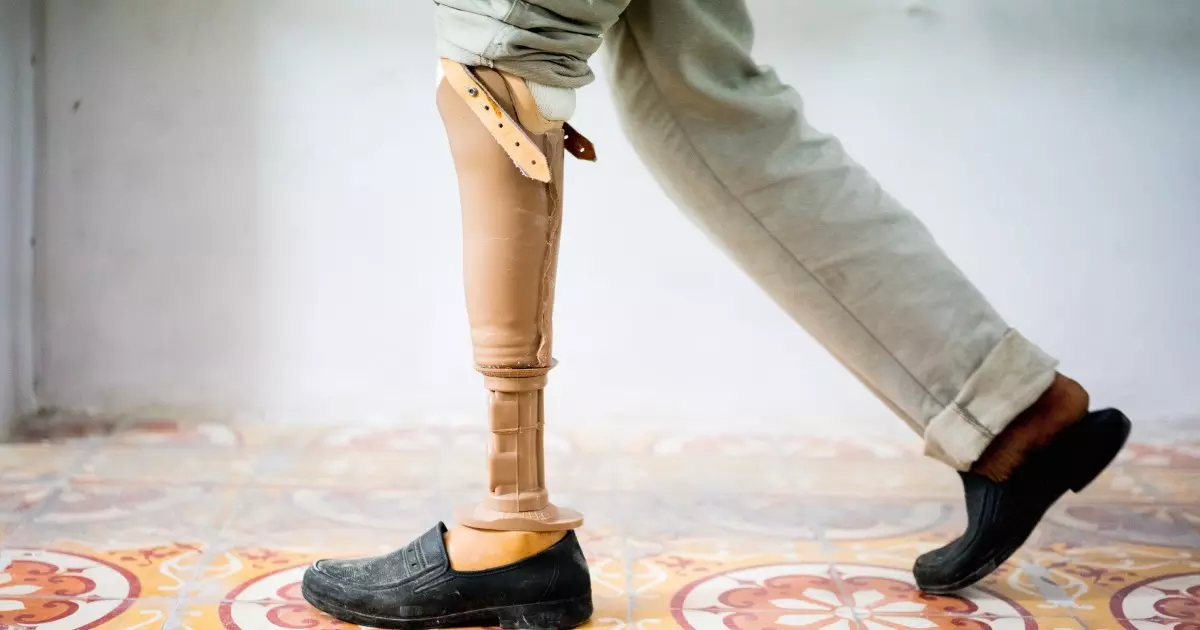How Modern Prosthetics Work
The Socket

A prosthetic limb's effectiveness and comfort are generally governed by the quality of its fit onto the remnant of the patient's actual limb. This is professionally referred to as the residual limb, or more informally, the stump. Some individuals with missing limbs find the term stump offensive, but it is still widely in use in the medical world. Sockets are the connecting parts of the prosthetic limbs. They are painstakingly molded around a cast of plaster taken from the patient's residual limb. Without a precise fit, sockets of the new limbs may damage the remnant of the residual limbs, causing tissue damage or discomfort and potentially making it too painful to wear the prosthetic limb for an extended period. As the residual limb is generally likely to change in size and shape over time, new sockets are routinely needed. Lasers and 3D printing are now being used to make precise prosthetics.
Keep reading to learn more about the function of modern prosthetics.